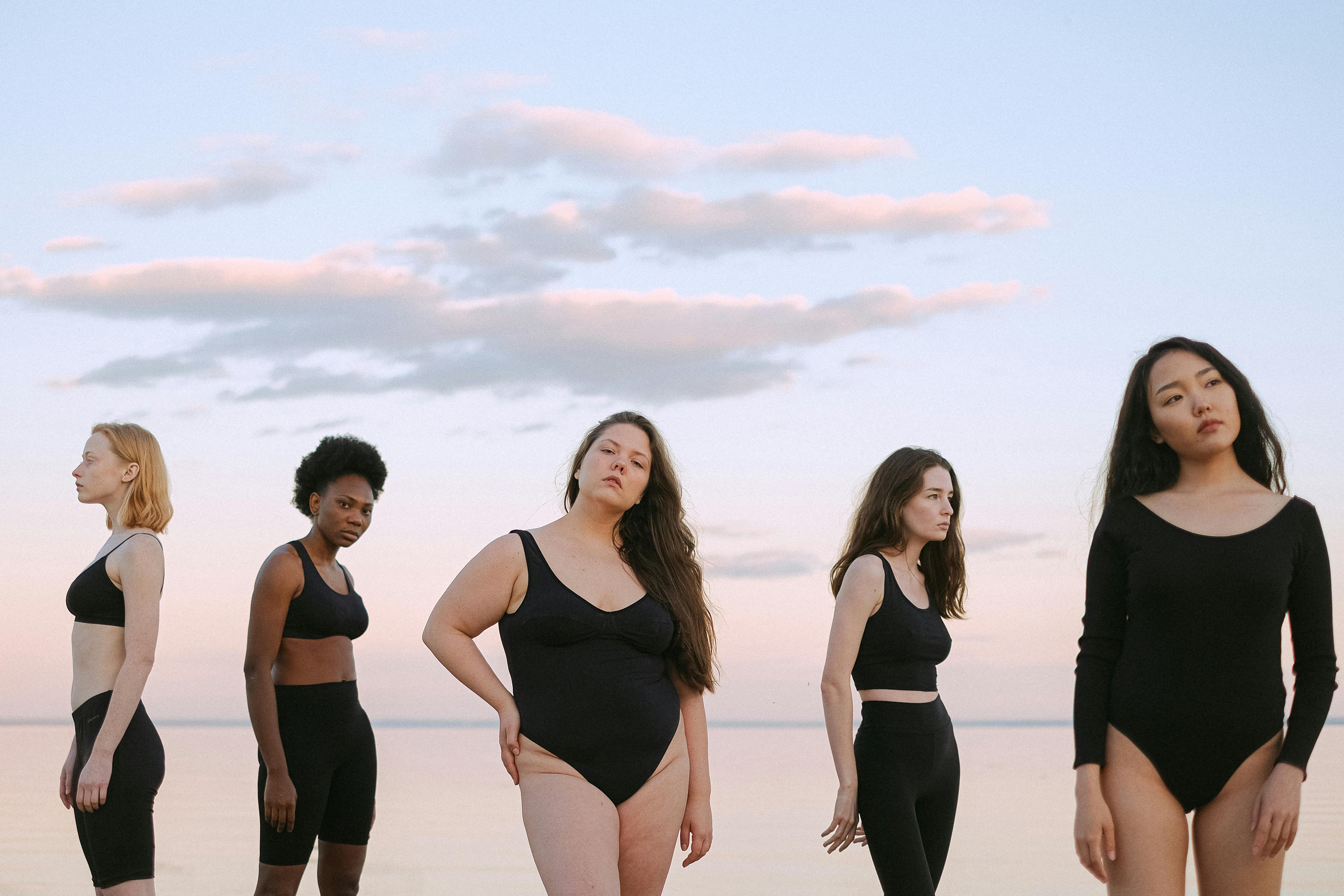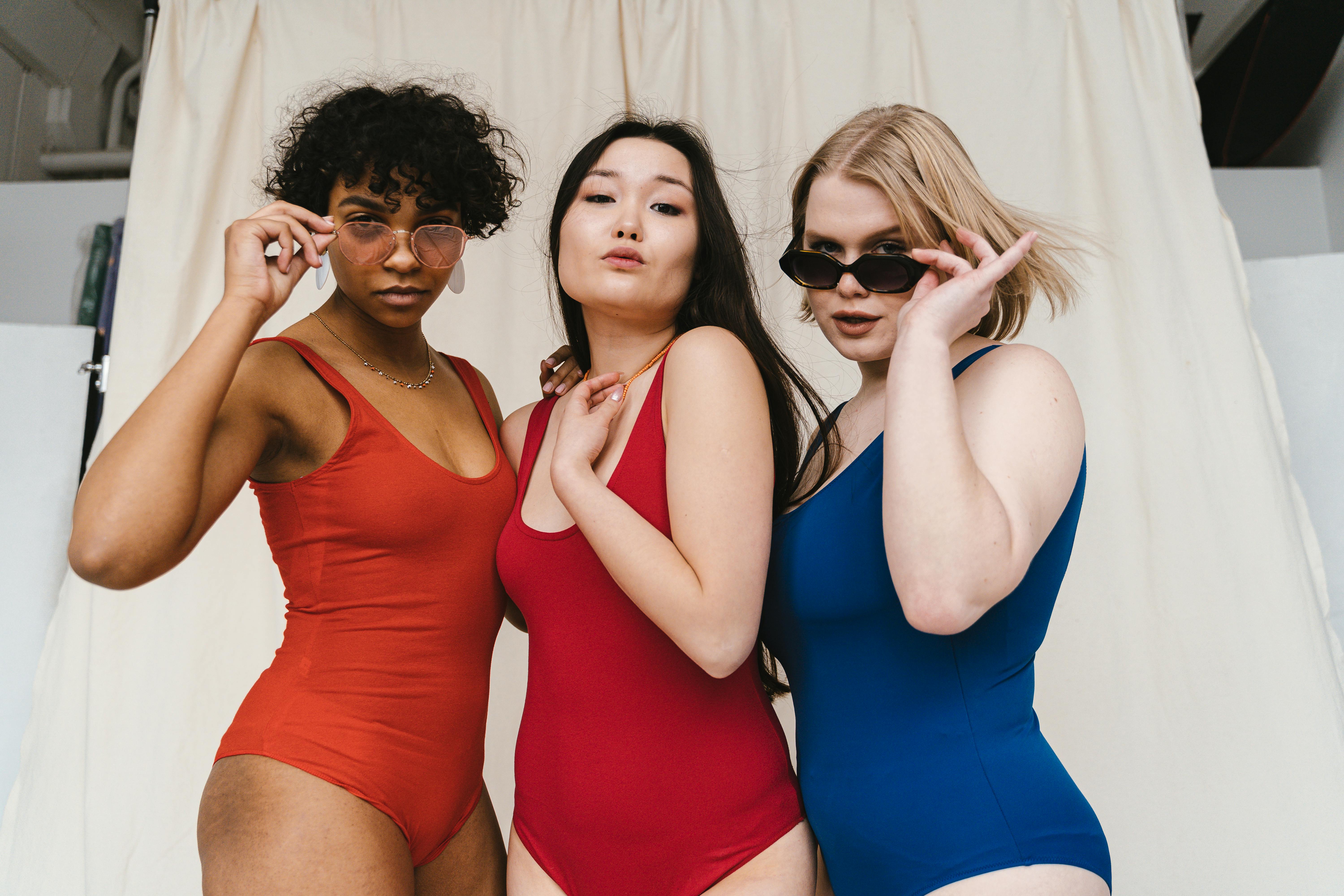Must-Know Tips to Make Swimsuit Shopping a Breeze
Shopping for the perfect bathing suit can feel like navigating an endless maze of styles, sizes, and cuts—all while battling the pressure to look and feel your best. It’s no wonder that many of us dread the dressing room mirror or impulsively settle for a suit that doesn’t quite work. Yet, finding a swimsuit you truly love is far from impossible. In fact, it can be an empowering experience that leaves you feeling confident and ready to make the most of sunny days and poolside fun. A key to success lies in avoiding a set of common pitfalls that often lead to frustration or disappointment. From obsessing over the numbers on a size tag to overlooking the importance of supportive design, these oversights can derail an otherwise promising shopping trip. Fortunately, identifying and understanding these mistakes can help you make more informed decisions, ultimately saving time and money. We've expanded our list, diving into 20 of the most frequent swimsuit-shopping missteps, offering strategies and solutions grounded in expert insight. Let's get shopping!
1. Overthinking the Size on the Tag

One of the biggest mistakes in swimsuit shopping is obsessing over the size on the tag rather than how the garment actually fits your body. Sizing can vary dramatically between brands, even more so with international labels. A “medium” in one brand might fit like a “large” in another, leading to confusion and frustration if you stick strictly to the number. According to Mali Sananikone Gaw—co-founder of performance-luxe swimwear brand Via Eden—it's crucial to let go of the idea that the size must match what you wear in everyday clothing. Swimsuits are designed differently, accounting for stretch, water absorption, and body shape variations. Instead, approach swimsuit shopping by trying multiple sizes or styles in each brand to see which drapes best. For instance, you might need a larger top if you have a fuller bust, or a smaller bottom if you prefer minimal coverage. Buying separates can be particularly helpful here, allowing you to tailor the suit to your proportions rather than forcing one size to fit both top and bottom. By focusing on the practical fit and forgetting the label, you’ll likely end up with a swimsuit that looks and feels far better than one chosen purely based on the tag.
2. Insisting on Overly Covered Bottoms

While many of us default to full-coverage bikini bottoms or one-piece suits to hide perceived “problem areas,” wearing too much coverage can inadvertently highlight the exact regions we want to minimize. Mali Sananikone Gaw points out that visual focus tends to settle where the fabric is most concentrated. If your suit covers most of your backside, eyes might gravitate to that section, sometimes creating a less balanced overall look. Instead, consider designs that skillfully balance coverage and subtle exposure. A slightly higher cut on the leg can elongate your silhouette, making legs appear longer and leaner. If you’re nervous about revealing too much, explore color-blocking around the waist or a bold trim along the edges. These elements guide the viewer’s eye to strategic focal points rather than full coverage. Additionally, pin-tucking ruching at the center back can create gentle gathers that both shape and flatter the buttocks, offering a visually lifted appearance.
